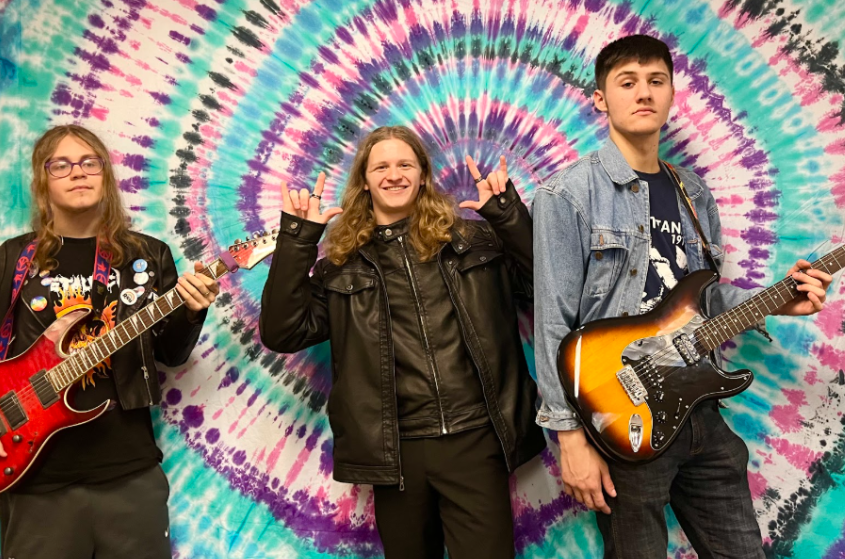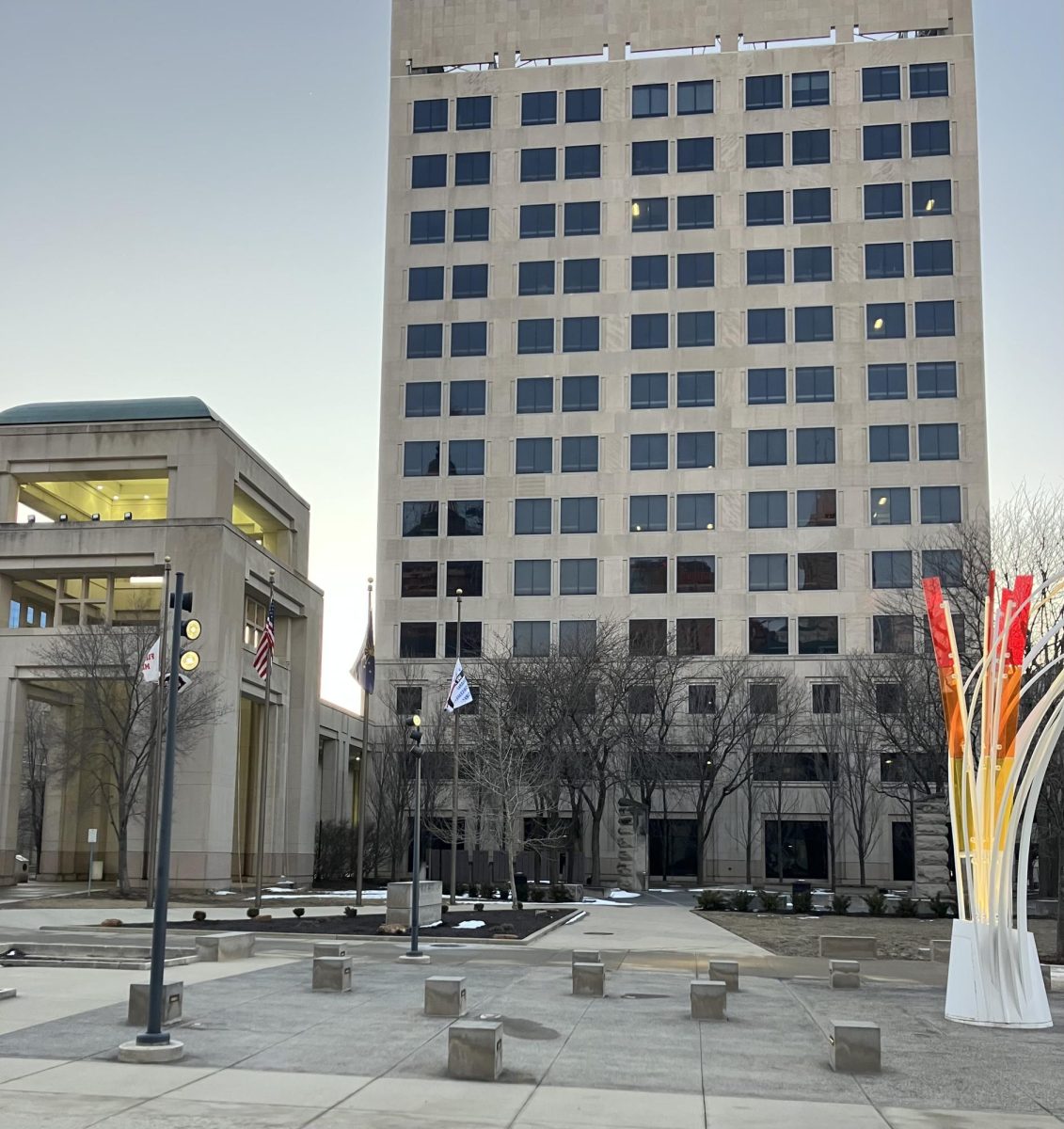This month is No Shave November to support men with prostate cancer, and the beard is more fashionable than ever.
A recent study by the New York Times found that approximately twenty percent of men in the U.S. have beards, which is up from fourteen percent in 2009. Many would think that this statistic is purely due to trend-driven fashion, but the beard has a systematic history of economic status in America.
The last president with facial hair was the mustachioed William Howard Taft. In fact, from Abraham Lincoln’s term to Taft’s, there were only two presidents, Andrew Johnson and William McKinley, who didn’t have facial hair. It is no coincidence that nary a political figure has donned facial hair since. There’s a reason that, in 2015 , when a bearded Paul Ryan announced that he would not seek the GOP presidential nomination for 2016, informed commentators justly associated this announcement with his beard. There’s a reason that fewer than five percent of members in the U.S. congress have beards and mustaches.
Author Stephen Mihm said that the prevalence of beards is inextricably tied to trends in American capitalism: “In the 1830s and 1840s you begin to see the idea of a beard becoming a symbol of labor radicalism, particularly communism, socialism and really every other kind of ism. Once that threat has largely been passed, you begin to see among business elites a significant growth of beards on the robber barons and titans of industry,” Mihm said in an interview with Vox.
Starting in the 1860s, beards became a symbol of strength and individuality. They were proudly worn by some of the most powerful and wealthy men in the country. However, in the late 19th century and early 20th century, there was a return of the “bearded radical.”
Anarchists illustrated in caricatures and cartoons were depicted wearing huge, Karl Marx-style beards. Around that time, in the early 20th century, beards became synonymous with anti-capitalism again, and a heavy eclipse of the beard happened for a second time in American history. Beards began to be associated with these radicals and had a falling out in general society. During this period, the clean shaven look became à la mode in the U.S., symbolizing distinguishment and middle-class status. Harper’s Weekly dubbed this the “revolt against the whisker.” Now, let’s spring forward about 100 years: the era of the beard.
The tech boom is key in understanding the rise of the beard. It provided copious amounts of money and power to characteristically bedraggled figures like Steve Jobs. There was a parallel between the tech sector and the Gilded Age (the time between the Civil War and World War I during which the U.S. population and economy grew). The prevalent figures of both eras were drivers of the economy. In both respective eras, that was where the cutting-edge innovations were taking place. Most importantly, both were the most visible exponents of American capitalism.
The beard is back and as groovy as ever, but it was at one point economically telling and shunned from those in power. In the near future, the beard may reach its climax of popularity and go on a path of steep decline. Just remember that you have the power to bring it back.






